Can you celebrate consumer culture at the same time that you critique it? Pop artists thought so.
c. 1956–1980 C.E.
Can you celebrate consumer culture at the same time that you critique it? Pop artists thought so.
c. 1956–1980 C.E.
The term “Pop Art” first emerged in Great Britain after World War II, but the approach can be traced back even further.
We're adding new content all the time!
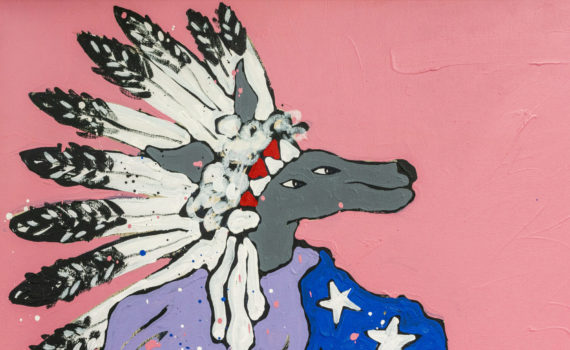
Cartoonish coyotes play on Fonseca's overlapping identities as queer, American, and Indigenous.
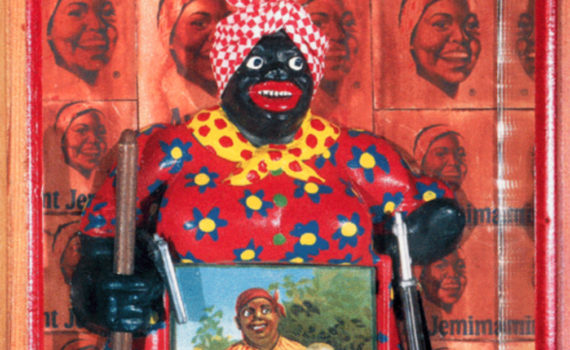
Beyte Saar boldly attempts to rescue the Mammy character from her demeaning, servile role in Jim Crow fantasy in this powerful assemblage
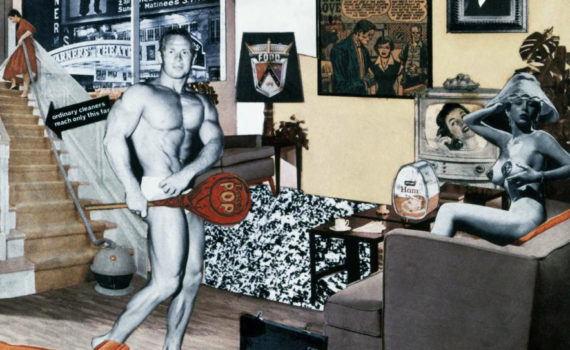
While Hamilton's Just What is It… is considered to be among the most foundational works of Pop Art, this small collage was initially not created as a work of art.
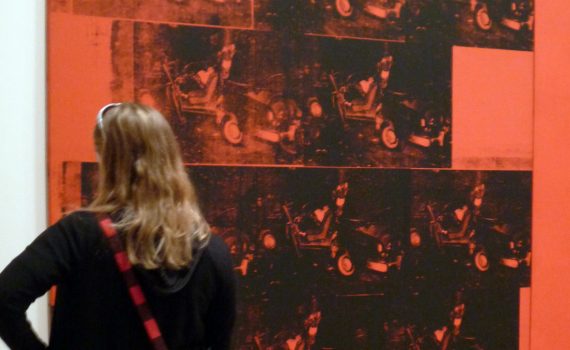
By laying bare the relationship between commerce and art, Warhol nullified the idea of being a sell out.
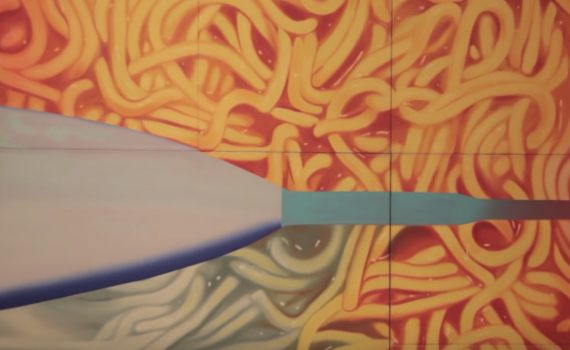
This war machine seemed obsolete before it was finished; Rosenquist explains why he painted it with SpaghettiOs.
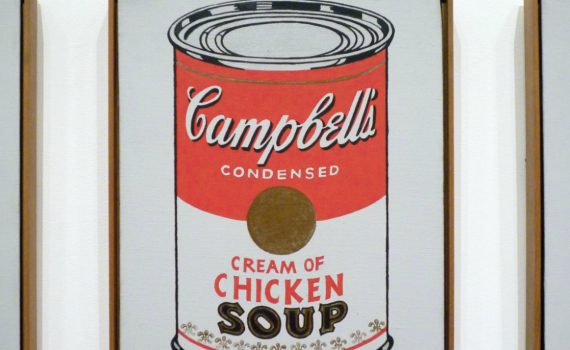
By putting this in the museum, we see this as art. But what if it weren’t there?
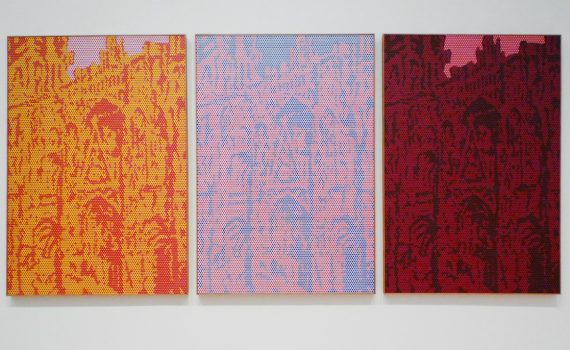
How do you make a nineteenth-century masterpiece ask twentieth-century questions?

Oldenburg’s wonderfully floppy, sloppy cake is filthy, humorous, and not at all edible.
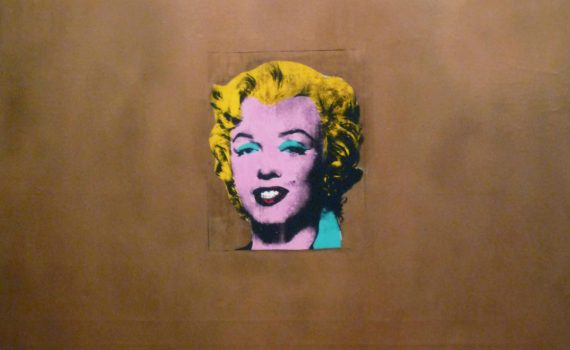
Marilyn’s floating head, garishly colored, functions as the Virgin Mary in a Byzantine icon.

This sculpture, installed on the Yale campus during Vietnam War protests, was never meant to be permanent.